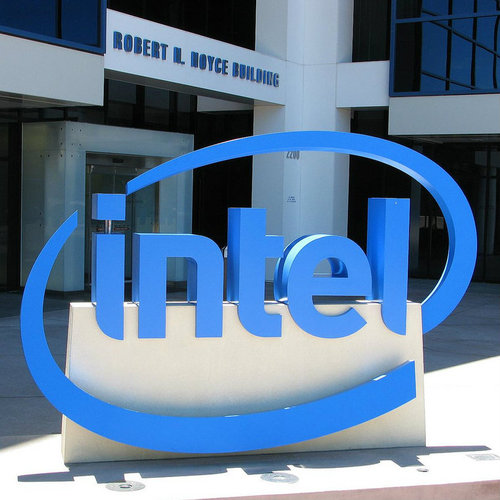The company's expansion into the IoT, data center, memory and security markets is buffering it from shrinkage in the PC market.

China's drooping economy is spooking markets around the world, but whatever's going on in China failed to dampen Intel's expectations for growth next year. Quite the opposite; the company is a little more optimistic than it was just two months ago.
That should be somewhat reassuring. China has been the biggest market for PCs, and Intel is still one of the biggest suppliers of PC chips.
Intel Corp. (Nasdaq: INTC) CFO Stacy Smith told investors the company is feeling cautious about China, but "We continue to believe the worldwide PC supply chain is healthy with appropriate levels of inventory."
Even so, the PC market is shrinking, and some analysts are looking for signs that Intel will cut and run, but serving the business continues to return value to Intel investors, CEO Brian Krzanich said. Intel has no plans to exit the market.
Intel has been pursuing several other business lines, explicitly to compensate for the contraction of the PC market, however. Those include serving the Internet of Things (IoT) and the data center markets, re-entering the memory market with innovative new designs, and incorporating security (through its acquisition of McAfee).
Krzanich said, "Our future as a company will increasingly be a product of the virtuous cycle of opportunities in the data center, memory and IoT market segments. In fact, you can see the impact of that virtuous cycle in our 2015 results. DCG, IoTG and Memory delivered nearly 40% of Intel's revenue and more than 60% of Intel's operating margin in 2015. Additionally, these three adjacent markets delivered $2.2 billion in profitable revenue growth in 2015 alone. As we look ahead to 2016, we will continue to build on that strategy." DCG is the Data Center Group.
The strategy appears to be working. Despite an 8% revenue decline in the PC unit, overall Intel revenue for the year was essentially flat.
Intel expects things to pick up from here.
"We are expecting revenue growth in the mid-to-high single digits relative to 2015," Smith told investors on the company's Q4 conference call. "This outlook is higher than our previous guidance provided in the November investor meeting. This higher range is driven by the addition of the FPGA business, partially offset by some caution as a result of uncertainty in the macroeconomic environment."
Krzanich said Intel expects 2016 to look similar to 2015, with "emerging markets slower than the mature markets; US, Western Europe looking okay; China and the rest of Asia, slow."
Intel and Altera had been working together designing chips for data center systems even before the former decided to buy the latter. The first fruit of the collaboration will be a multi-chip package combining an Altera FPGA and Intel's Xeon processor. Krzanich said samples will be increasingly available through this year, with production volumes beginning in 2017. (See Intel Closes $16.7B Altera Acquisition)
Intel is already developing a monolithic die combining a standard processor with programmable logic that could also be used in the IoT space, Krzanich said.
The company reported record Q4 revenue of $14.9 billion. Revenue for the year was $55.4 billion, down 1% from the prior year. Operating profit for the year was $14 billion, down 9%.
[Intel executive quotes are based on the transcript of Intel's Q4 call with analysts provided by Seeking Alpha.]
— Brian Santo, Senior Editor, Components, T&M, Light Reading
Read more about:
AsiaAbout the Author(s)
You May Also Like











